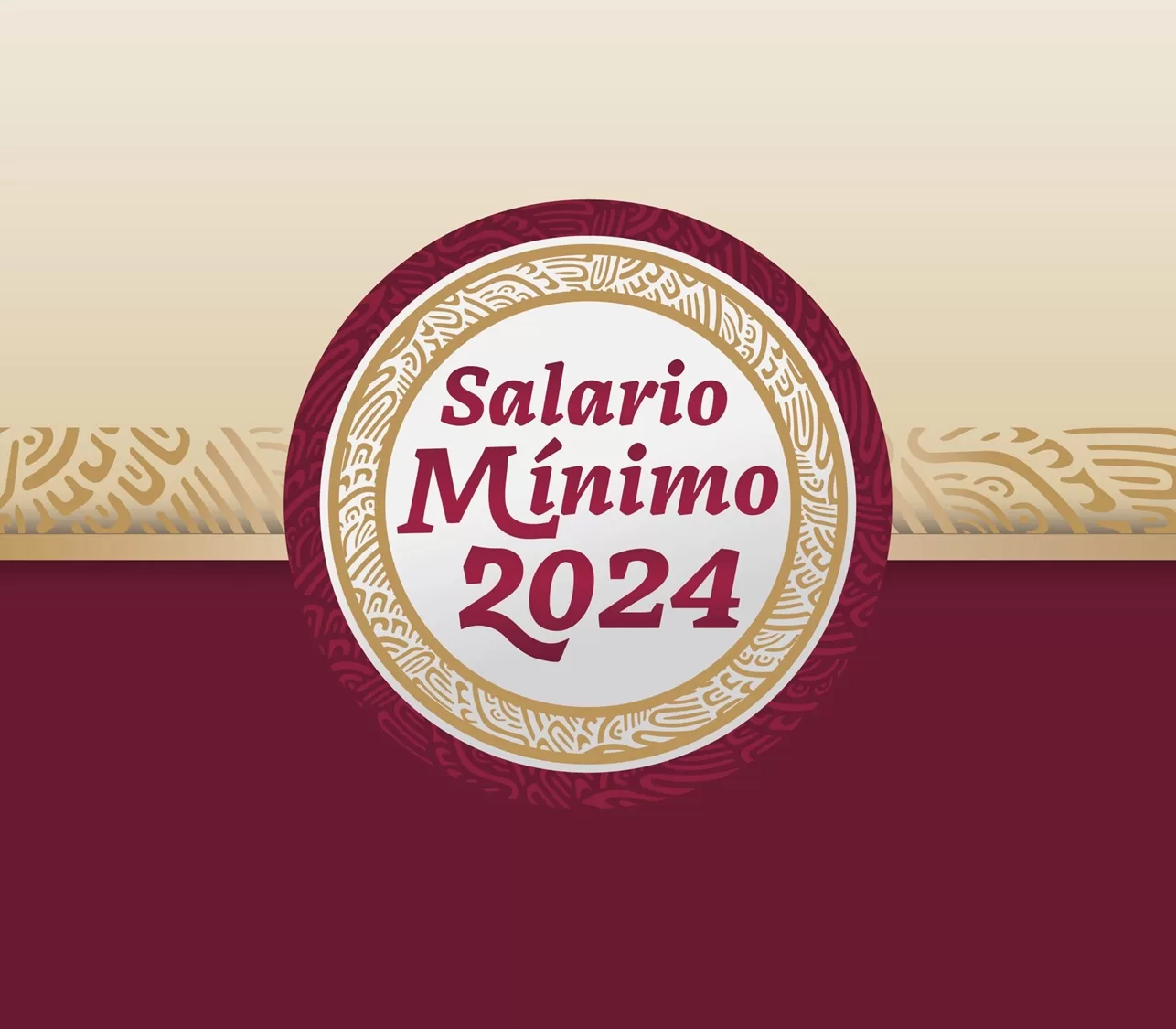Table of Contents
- Así queda el salario mínimo con el aumento en 2024
- El nuevo salario mínimo se proyecta en .300.000 para 2024 tras un ...
- Cuanto Subio El Salario Minimo 2024 Pdf - Taffy Cristin
- Salario Minimo 2024 Diario Aruba - Isabel Nerita
- Ambiente laboral tenso: revelaciones sobre la decisión del salario ...
- Salario Mínimo: el gran perdedor salarial de 2024
- Salario Mínimo de 2024 Cuánto Piensan Subirle | PDF | Costo de la vida ...
- Salario mínimo por país en 2024
- Actualización de tablas de salarios minimos 2024 - YouTube
- Sube 20% salario mínimo en 2024



Current Federal Minimum Wage Rate for 2024



Historical Context of Minimum Wage Changes



Impact of Inflation on Minimum Wage
Inflation plays a crucial role in the discussion around minimum wage increases. As the cost of living rises due to inflation, the purchasing power of the minimum wage decreases. If the minimum wage does not increase at the same rate as inflation, workers may find their standard of living decreasing over time. Advocates for a higher minimum wage argue that an increase is necessary to ensure that full-time workers can afford a basic standard of living.